Home>Garden Essentials>How Long Does It Take For A Venus Flytrap To Germinate
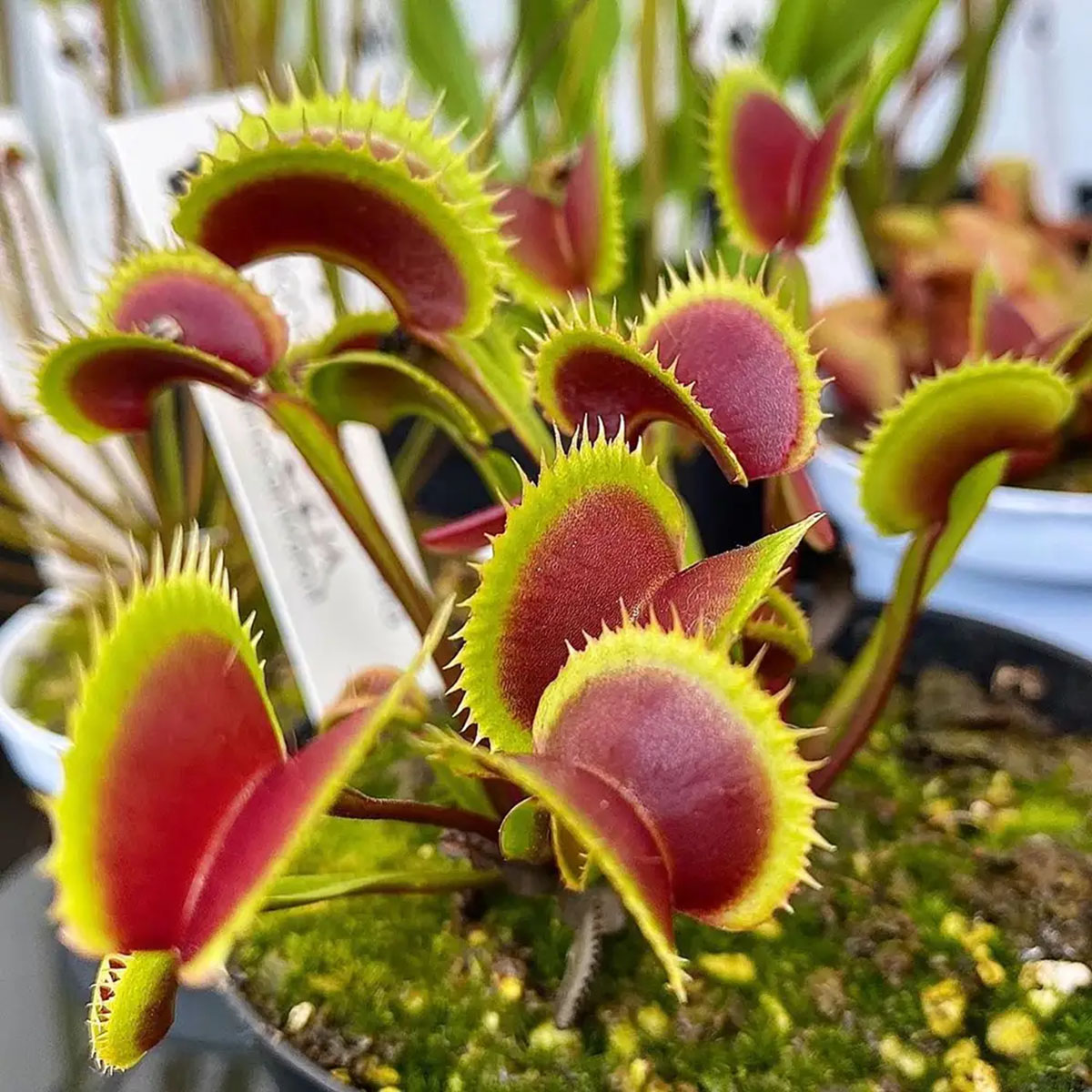

Garden Essentials
How Long Does It Take For A Venus Flytrap To Germinate
Modified: March 15, 2024
Learn how long it takes for a Venus Flytrap to germinate in your garden. Discover the growth process and timeline for this unique plant.
(Many of the links in this article redirect to a specific reviewed product. Your purchase of these products through affiliate links helps to generate commission for Storables.com, at no extra cost. Learn more)
Introduction
Welcome to the fascinating world of Venus flytraps! These unique and captivating carnivorous plants have captured the imagination of nature enthusiasts and gardeners alike. Known for their distinct trapping mechanism, Venus flytraps are a marvel to behold. But have you ever wondered how these peculiar plants come to be? In this article, we will dive into the germination process of Venus flytraps and explore the factors that influence their growth.
Before we delve into the germination process, let’s familiarize ourselves with Venus flytraps. Native to the wetlands of North and South Carolina in the United States, Venus flytraps are carnivorous plants that primarily prey on insects. They possess specialized leaves with hinged traps lined with trigger-sensitive hairs. When an unsuspecting insect touches the trigger hairs inside the trap, the leaves snap shut, trapping the prey inside. This remarkable adaptation enables Venus flytraps to supplement their nutrient requirements in nutrient-poor environments.
Now, let’s understand how Venus flytraps reproduce. Like most plants, Venus flytraps produce flowers, which eventually give rise to seeds. These seeds, when appropriately germinated and cared for, can grow into new Venus flytrap plants.
Key Takeaways:
- Venus flytrap seeds take patience to germinate, needing cold stratification and proper care. Factors like seed quality, moisture, and temperature influence the process, taking weeks to months.
- Caring for germinating Venus flytrap seeds involves maintaining moisture, humidity, and suitable lighting. Transplanting and pest management are crucial for healthy seedling growth.
Read more: How Long Does It Take For Mint To Germinate?
Understanding Venus Flytraps
To fully appreciate the germination process of Venus flytraps, it’s important to understand the unique characteristics and anatomy of these plants. Venus flytraps belong to the genus Dionaea and are part of the larger family Droseraceae, commonly known as the sundew family. With their vibrant green color and jaw-like traps, Venus flytraps are truly captivating specimens.
Each Venus flytrap plant consists of a rosette of leaves that arise from a central point. These leaves are divided into two primary parts: the blade and the petiole. The blade houses the trap mechanism, while the petiole, or leaf stalk, attaches the blade to the stem. The traps themselves are lined with trigger hairs that, when stimulated, initiate the snapping mechanism.
While Venus flytraps are renowned for their ability to catch insects, they can also derive nutrients from the soil. Their root system is relatively shallow, with a network of fine, fibrous roots that aid in the absorption of water and essential minerals. However, their carnivorous nature allows them to supplement their nutrient intake, primarily in nitrogen-poor environments.
Understanding the inner workings of Venus flytraps is crucial to appreciating the germination process. Let’s explore how these fascinating plants reproduce and give rise to new generations.
The Germination Process
The germination process of Venus flytrap seeds is a remarkable journey that starts with proper conditions and care. To initiate the germination process, the seeds must experience a period of cold stratification. This replicates the natural winter conditions that the seeds would undergo in their native habitat.
Once the seeds have undergone the cold stratification process, they are ready to be planted. It’s essential to provide them with a suitable growing medium, such as a mixture of sphagnum moss and perlite. This combination provides the necessary moisture retention and aeration for the seeds to germinate successfully.
The next step is to moisten the growing medium and sow the seeds evenly on the surface. Lightly press the seeds into the medium to ensure good seed-to-soil contact, but be careful not to bury them too deep. Venus flytrap seeds are tiny, so it’s easy to sow them too deeply, inhibiting their ability to sprout.
After sowing the seeds, cover the container with a transparent lid or plastic wrap to create a mini-greenhouse effect. This environment helps to maintain humidity levels and create a favorable microclimate for germination. Place the container in a warm location, preferably around 70 to 75 degrees Fahrenheit (21 to 24 degrees Celsius).
During the germination process, it’s crucial to keep the soil consistently moist. However, be mindful not to overwater and cause waterlogging, as this can lead to fungal issues. Avoid watering from above; instead, place the container in a tray of water and allow the medium to wick up moisture from the bottom.
Patience is key during the germination process, as Venus flytrap seeds can take several weeks to months to germinate. The timing can vary depending on various factors, including seed freshness, environmental conditions, and seed health. As the seeds germinate, small, delicate seedlings will start to emerge from the growing medium.
Once the seedlings have developed a few true leaves and are sturdy enough to handle, they can be transplanted into individual pots. It’s important to continue providing them with the appropriate growing conditions, including ample sunlight, high humidity, and nutrient-rich soil. With proper care, the Venus flytrap seedlings will continue to grow and develop into mature plants.
Factors Affecting Venus Flytrap Germination
While the germination process of Venus flytraps is fascinating, it is important to note that several factors can influence the success rate of germination. Understanding these factors and implementing appropriate measures can greatly increase the chances of successful germination. Let’s explore some of the key factors below:
Seed Quality:
The quality and viability of Venus flytrap seeds play a significant role in germination. Fresh, healthy seeds have higher chances of germination compared to old or damaged seeds. It is crucial to source seeds from reputable suppliers or consider harvesting seeds from mature Venus flytrap plants in order to ensure the best quality seeds.
Read more: How Long Does It Take Millet To Germinate
Stratification:
The process of cold stratification is vital for Venus flytrap seeds to break their dormancy and prepare for germination. Mimicking the natural winter conditions helps to initiate the germination process. Cold stratification typically involves placing seeds in a moistened medium and keeping them in a cold environment, such as a refrigerator, for a specific period of time, usually ranging from 4 to 8 weeks.
Moisture and Humidity:
Consistent moisture levels are essential for successful Venus flytrap germination. The growing medium should be kept consistently moist but not waterlogged. Additionally, providing high humidity levels through the use of a transparent lid or plastic wrap helps create a desirable microclimate for germination. Regular misting or using a humidity dome can also help maintain appropriate moisture levels.
Temperature:
Temperature plays a vital role in the germination process. Venus flytrap seeds prefer warm temperatures, typically ranging from 70 to 75 degrees Fahrenheit (21 to 24 degrees Celsius). Maintaining a stable temperature within this range helps promote germination. Temperature fluctuations or extremes can hinder the germination process, so it is important to provide a consistent and suitable temperature environment.
Growing Medium:
The choice of a suitable growing medium is crucial for Venus flytrap germination. A mix of sphagnum moss and perlite is commonly used, as it provides good moisture retention, aeration, and a favorable pH level. The growing medium needs to be well-draining to prevent waterlogging, which can lead to root rot and hinder germination.
Read more: How Long Does It Take Turnips To Germinate
Lighting:
Venus flytrap seeds require adequate lighting for successful germination. Providing bright, indirect light or artificial grow lights can help stimulate the germination process. Avoid exposing the seeds to direct, intense sunlight, as it can be too harsh and potentially damage or dry out the seeds.
By taking these factors into consideration and providing the optimal conditions for germination, you can significantly increase the likelihood of successful germination and cultivation of Venus flytraps.
Time Required for Venus Flytrap Germination
Patience is key when it comes to germinating Venus flytrap seeds, as the process can be quite lengthy. Germination times can vary depending on several factors, including seed quality, environmental conditions, and the specific cultivar of Venus flytrap. On average, Venus flytrap seeds can take anywhere from two weeks to several months to germinate.
One of the factors influencing germination time is the freshness and viability of the seeds. Fresh seeds from healthy, mature Venus flytrap plants tend to have higher germination rates and shorter germination times. Seeds that have been properly stored and have not lost their viability can sprout within a few weeks to a couple of months.
Another crucial factor in determining germination time is the environmental conditions provided during the germination process. Venus flytrap seeds require specific conditions to break their dormancy and initiate germination. Adequate moisture, appropriate temperatures, and the right amount of light are essential for successful germination.
During the germination process, it is important to keep the growing medium consistently moist. Venus flytrap seeds need a moist environment to trigger germination. However, excessive moisture or waterlogging can lead to fungal issues and affect the germination process. It is crucial to strike a balance and keep the soil damp but not saturated.
The temperature also plays a significant role in germination time. Venus flytrap seeds prefer warm temperatures, typically around 70 to 75 degrees Fahrenheit (21 to 24 degrees Celsius). Maintaining a stable and suitable temperature within this range helps promote faster germination. Temperature fluctuations or extremes can slow down the germination process.
Lighting conditions also impact germination time. Provide the seeds with bright, indirect light or artificial grow lights to stimulate germination. Avoid exposing them to direct, intense sunlight, as it may be too harsh and inhibit germination. Adhering to the proper lighting conditions can help expedite the germination process.
It’s important to note that germination times can vary among different cultivars of Venus flytrap. Some cultivars may have shorter germination times, while others may take longer. It is advisable to refer to specific germination instructions provided by reputable seed suppliers to get a better idea of the average germination time for a particular cultivar.
In summary, the germination time for Venus flytrap seeds can range from two weeks to several months. To ensure successful and timely germination, it is crucial to provide them with the optimal environmental conditions, including moisture, temperature, light, and fresh, viable seeds.
Caring for Germinating Venus Flytrap Seeds
Germinating Venus flytrap seeds require specific care to ensure their healthy growth and development. Here are some important factors to consider when caring for germinating seeds:
Moisture:
Maintaining consistent moisture levels is crucial for the germination and early growth stages of Venus flytrap seeds. Keep the growing medium moist but not waterlogged. It is best to water from the bottom by placing the container in a tray of water, allowing the soil to wick up moisture. Avoid watering from above, as it can disturb the delicate seedlings and increase the risk of fungal issues.
Humidity:
Creating a high-humidity environment is essential for the success of germinating Venus flytrap seeds. The use of a transparent lid or plastic wrap over the container can help retain moisture and create a mini-greenhouse effect. Alternatively, you can place the container in a humidity dome or mist the plants regularly to maintain a humid environment. This helps prevent the seedlings from drying out and promotes healthy growth.
Read more: How Long Does It Take Turnips To Germinate
Lighting:
Venus flytrap seeds require adequate lighting to support their growth. Place the germinating container in a bright location that receives indirect sunlight. If natural light is limited, consider using artificial grow lights to provide the necessary light energy. Aim for around 12 to 16 hours of light per day to ensure optimal growth and development of the seedlings.
Temperature:
For germinating Venus flytrap seeds, maintaining a stable and suitable temperature is essential. Ideally, keep the temperature consistently around 70 to 75 degrees Fahrenheit (21 to 24 degrees Celsius). Avoid exposing the seedlings to extreme temperature fluctuations or drafts, as it can stress and damage the delicate plants.
Transplanting:
Once the Venus flytrap seedlings have developed a few true leaves and are strong enough to handle, they can be transplanted into individual pots. Use a well-draining soil mix composed of sphagnum moss and perlite. Gently dig up each seedling, being careful not to damage the delicate roots, and transplant them into their new pots. Continue to provide the appropriate care, including proper lighting, moisture, and temperature, as the seedlings establish themselves in their new pots.
Read more: How Long Does It Take Sorghum To Germinate
Pest and Disease Management:
While Venus flytrap seedlings are relatively hardy, they can be vulnerable to pests and diseases. Keep an eye out for common pests like aphids or fungus gnats, and take appropriate measures to control them if necessary. Avoid overwatering, as excessive moisture can increase the risk of fungal infections. Proper care and a clean growing environment play a crucial role in preventing pests and diseases.
By following these guidelines and providing the necessary care, you can help ensure the healthy growth and development of germinating Venus flytrap seeds. With time and proper care, your young Venus flytrap plants will flourish and become captivating additions to your garden or indoor plant collection.
Conclusion
Germinating Venus flytrap seeds is a fascinating and rewarding process that allows you to witness the birth and growth of these unique carnivorous plants. By understanding the germination process, the factors that influence it, and providing the appropriate care, you can increase the chances of successful germination and cultivate healthy Venus flytrap seedlings.
Throughout the germination process, it is essential to provide the seeds with the right conditions. Cold stratification, moist soil, high humidity, suitable temperatures, and adequate lighting are all crucial elements for successful germination. Additionally, selecting high-quality seeds from reputable sources and ensuring proper storage will significantly impact germination rates.
Patience is key during the germination process, as Venus flytrap seeds can take several weeks to months to sprout. It’s important to maintain consistent moisture levels, create a high-humidity environment, and provide suitable lighting and temperatures. By adhering to these care guidelines, you can increase the chances of successful germination and support the healthy growth of the seedlings.
Remember to transplant the seedlings into individual pots once they have developed a few true leaves and are strong enough to handle. As the seedlings continue to grow, maintain proper care by providing ample sunlight, regular watering from the bottom, and monitoring for pests or diseases.
With time, dedication, and the right care, your Venus flytrap seedlings will transform into captivating full-grown plants. Whether you choose to grow them indoors or in a garden, observing the unique trapping mechanism and admiring their beauty is a truly rewarding experience.
So, get ready to embark on the journey of Venus flytrap germination and witness the marvel of these carnivorous plants unfolding before your eyes. Enjoy the process and the incredible world of Venus flytraps!
Frequently Asked Questions about How Long Does It Take For A Venus Flytrap To Germinate
Was this page helpful?
At Storables.com, we guarantee accurate and reliable information. Our content, validated by Expert Board Contributors, is crafted following stringent Editorial Policies. We're committed to providing you with well-researched, expert-backed insights for all your informational needs.
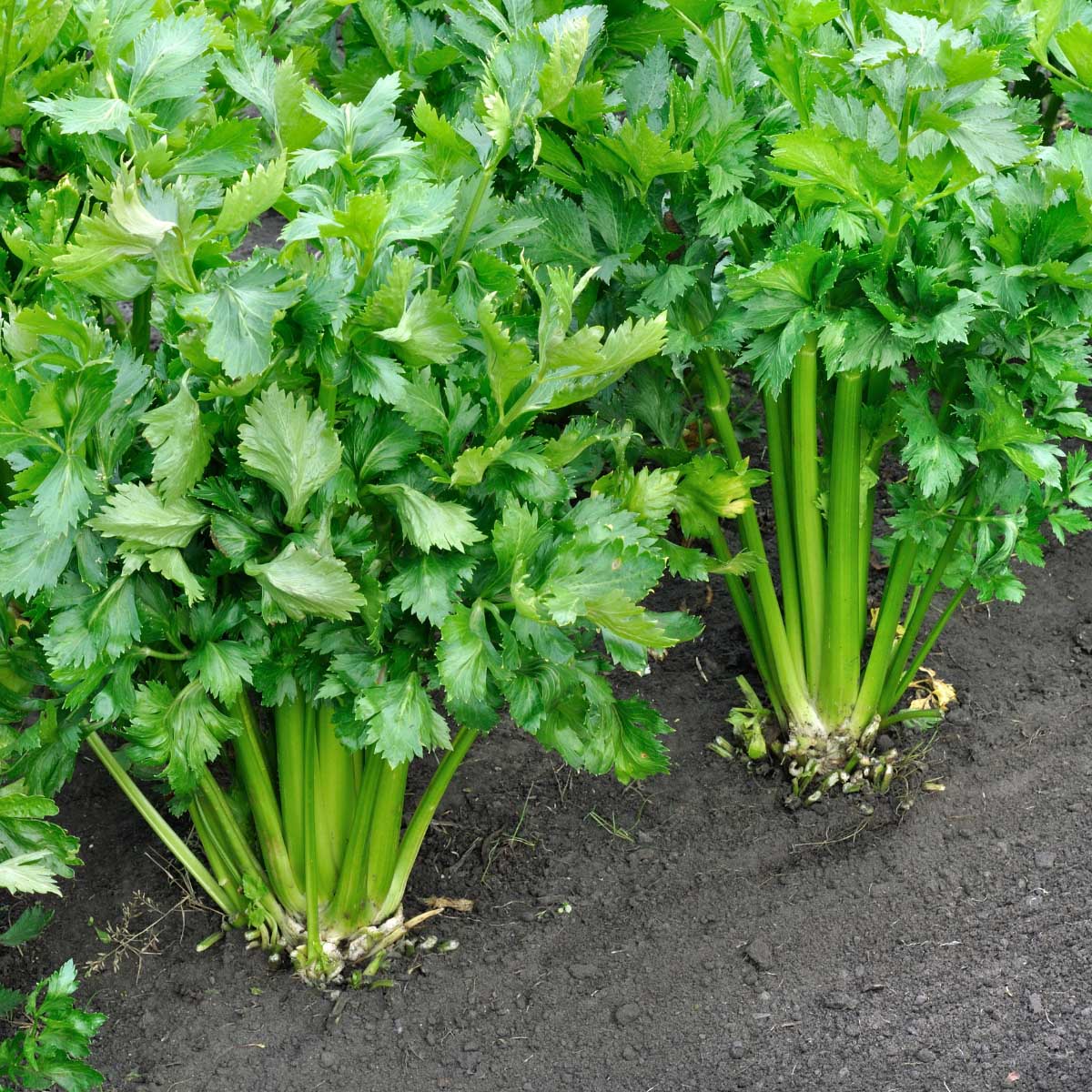
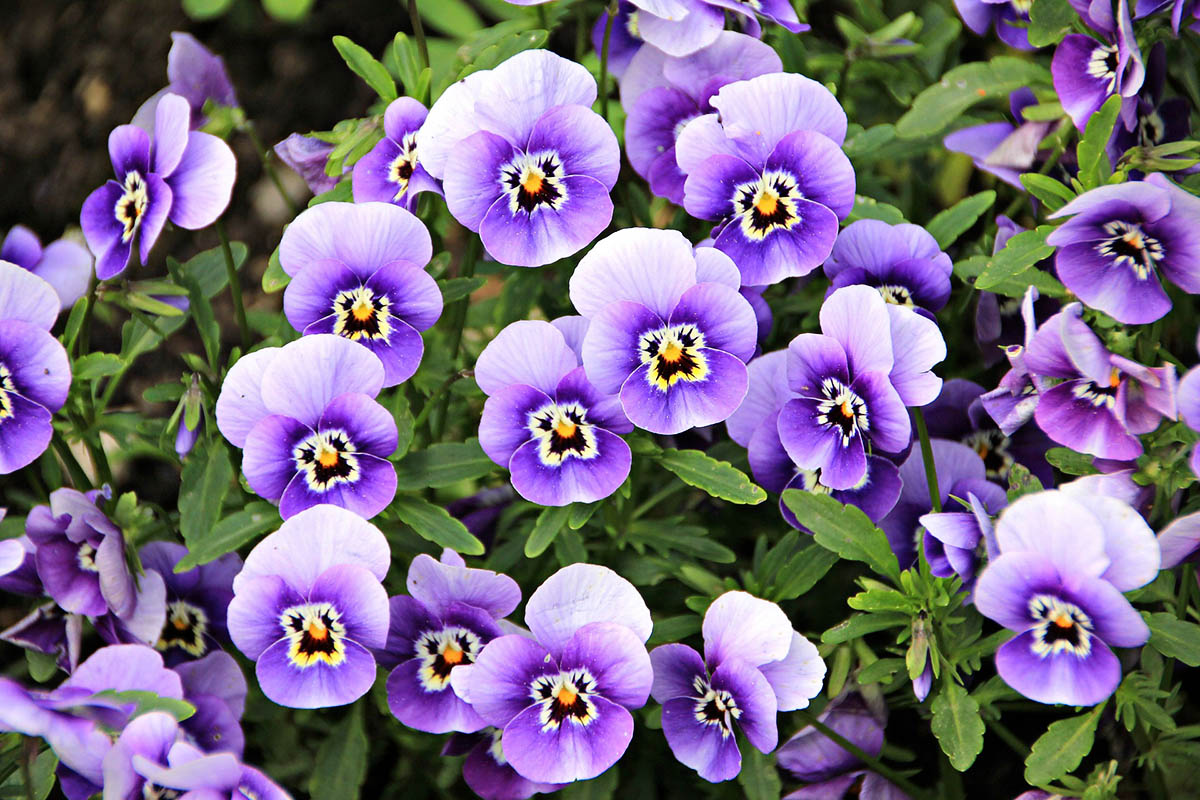
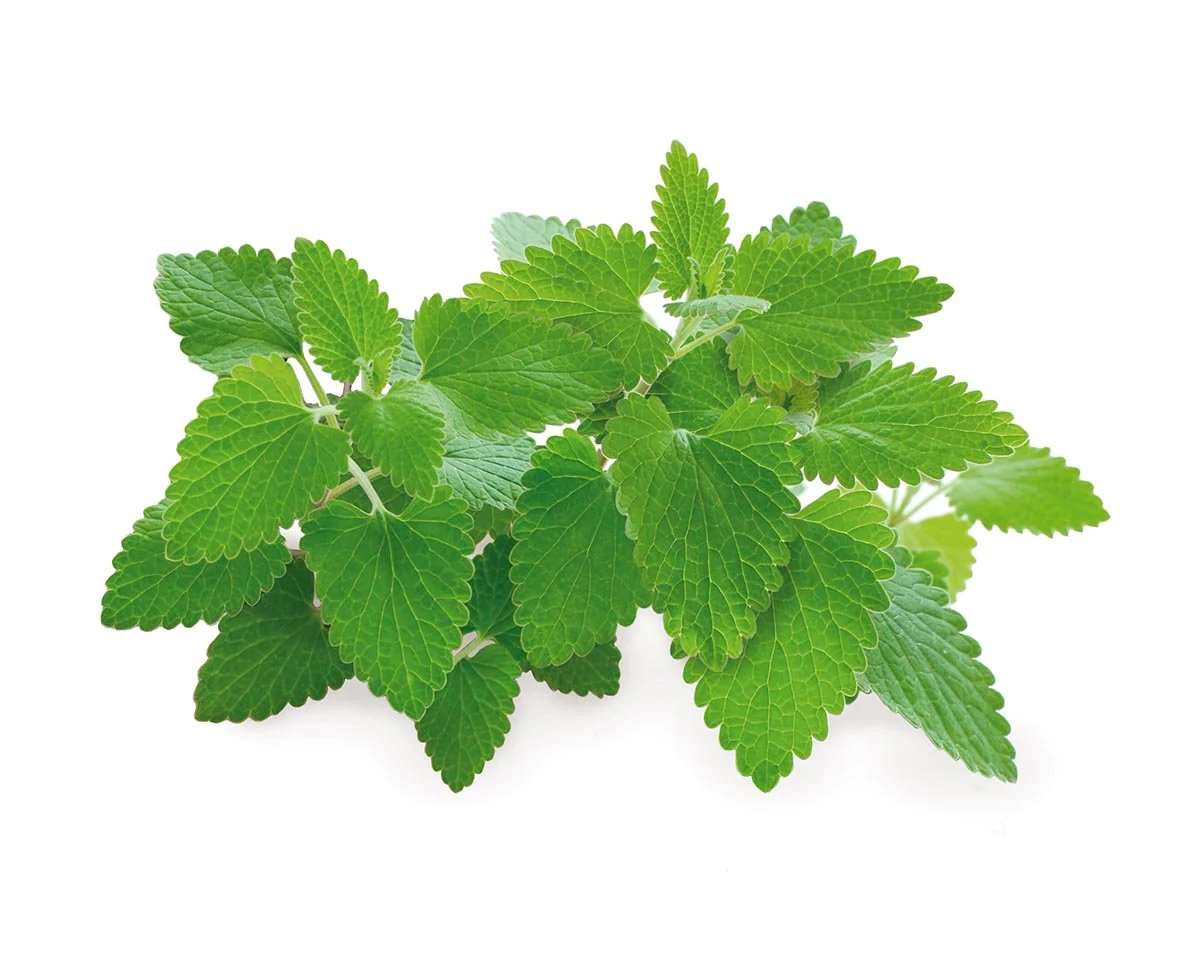

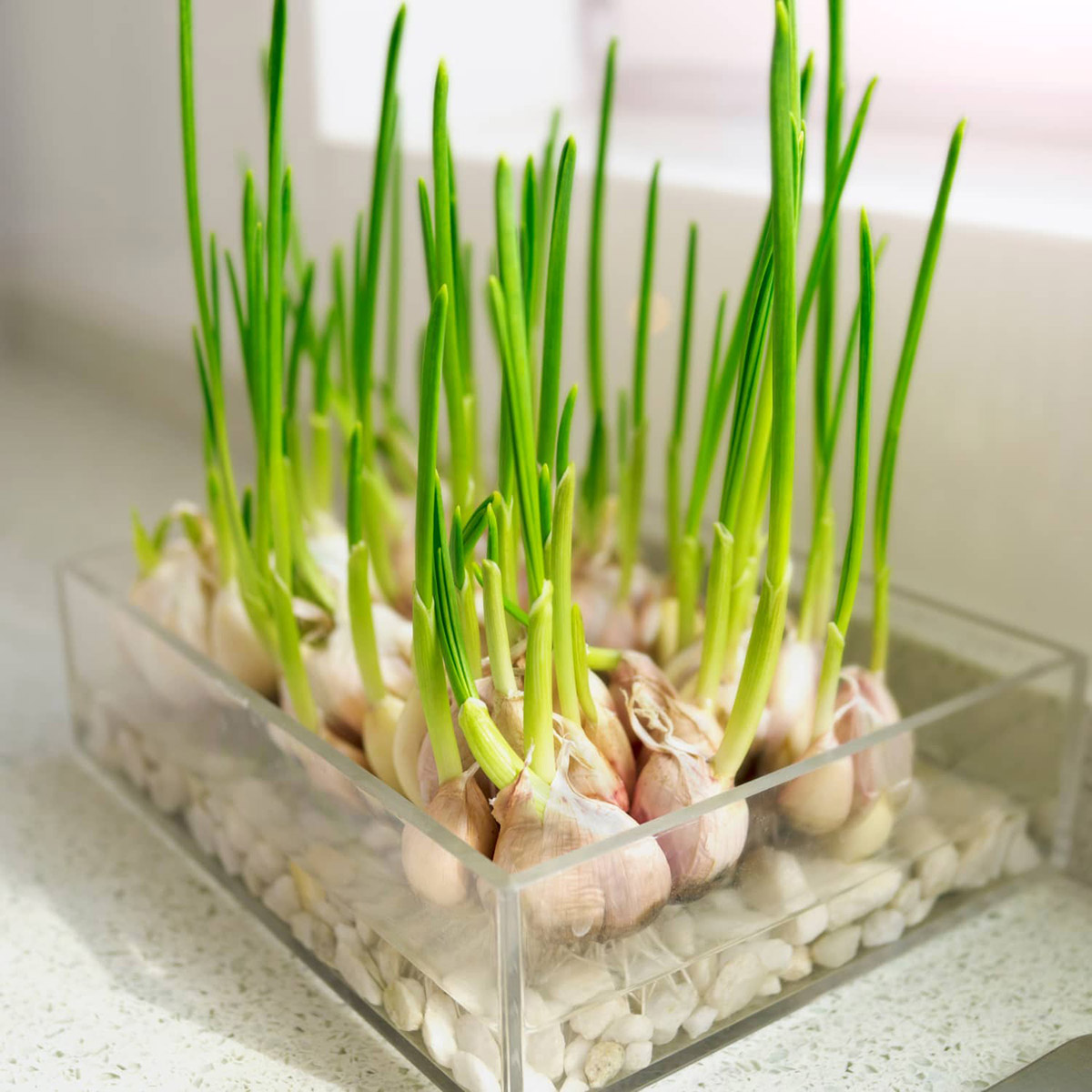
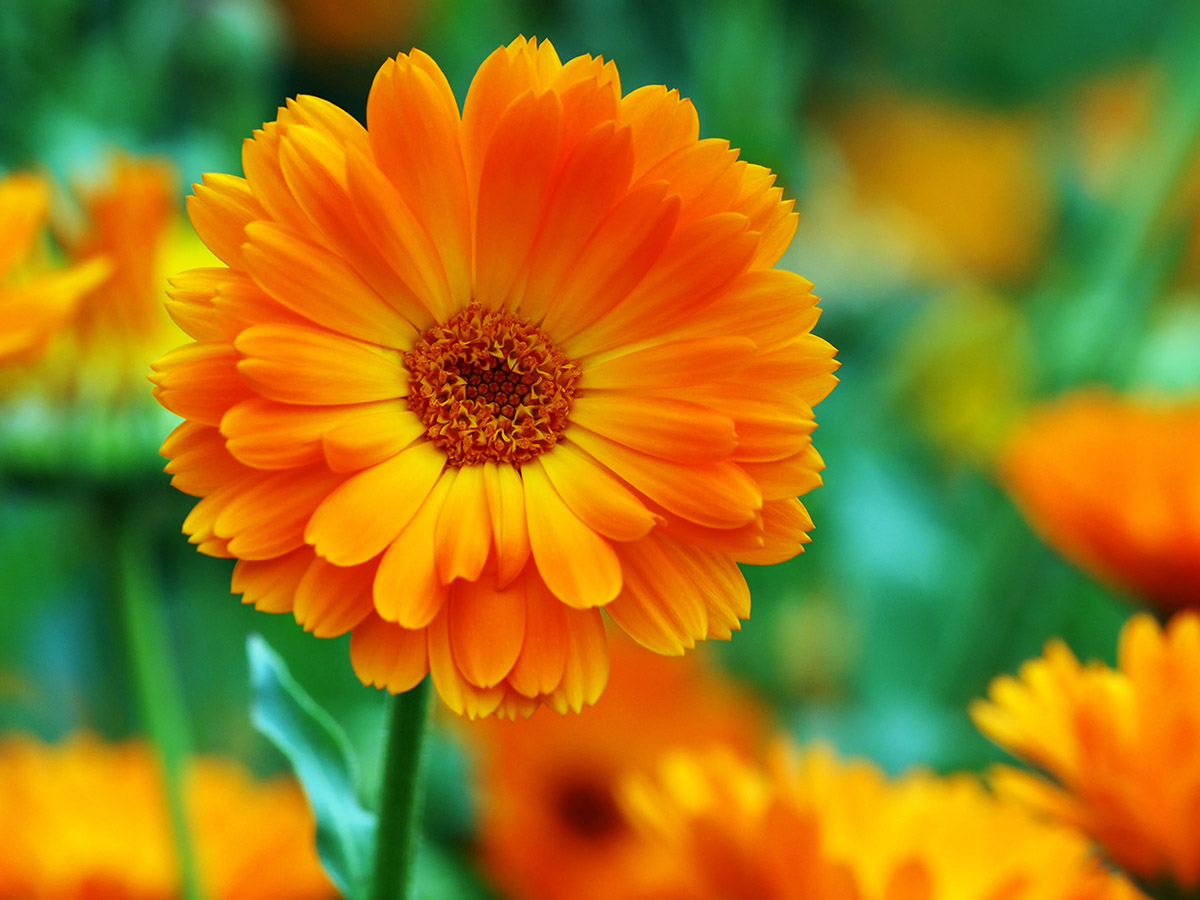
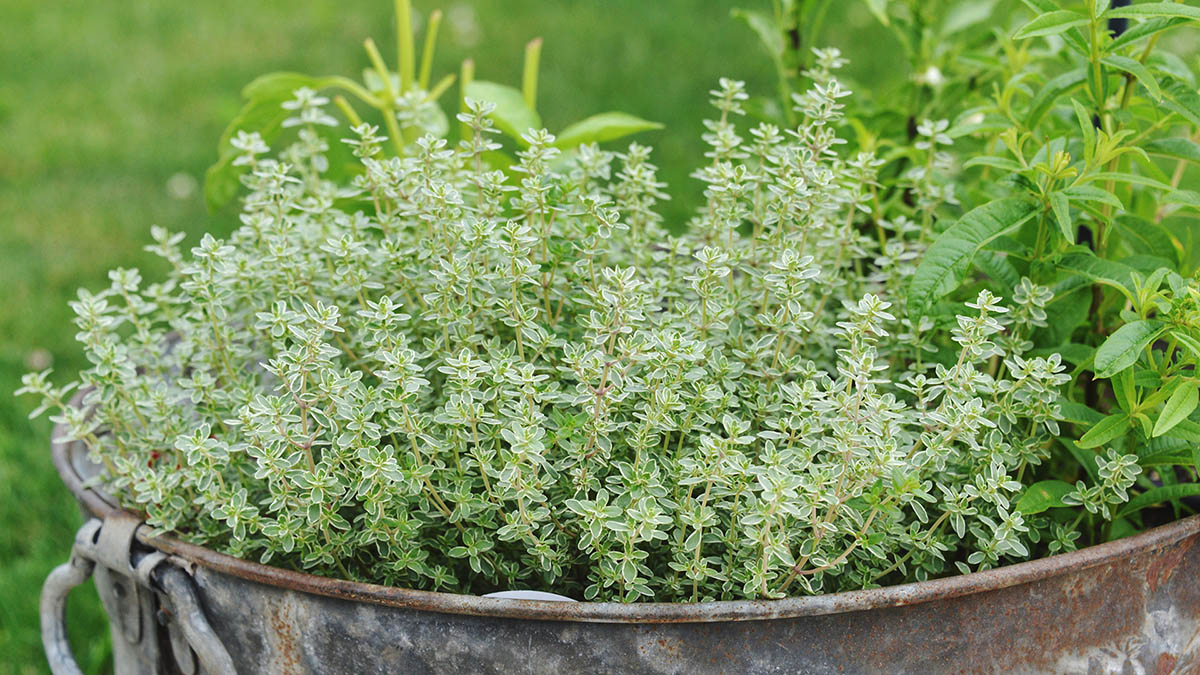
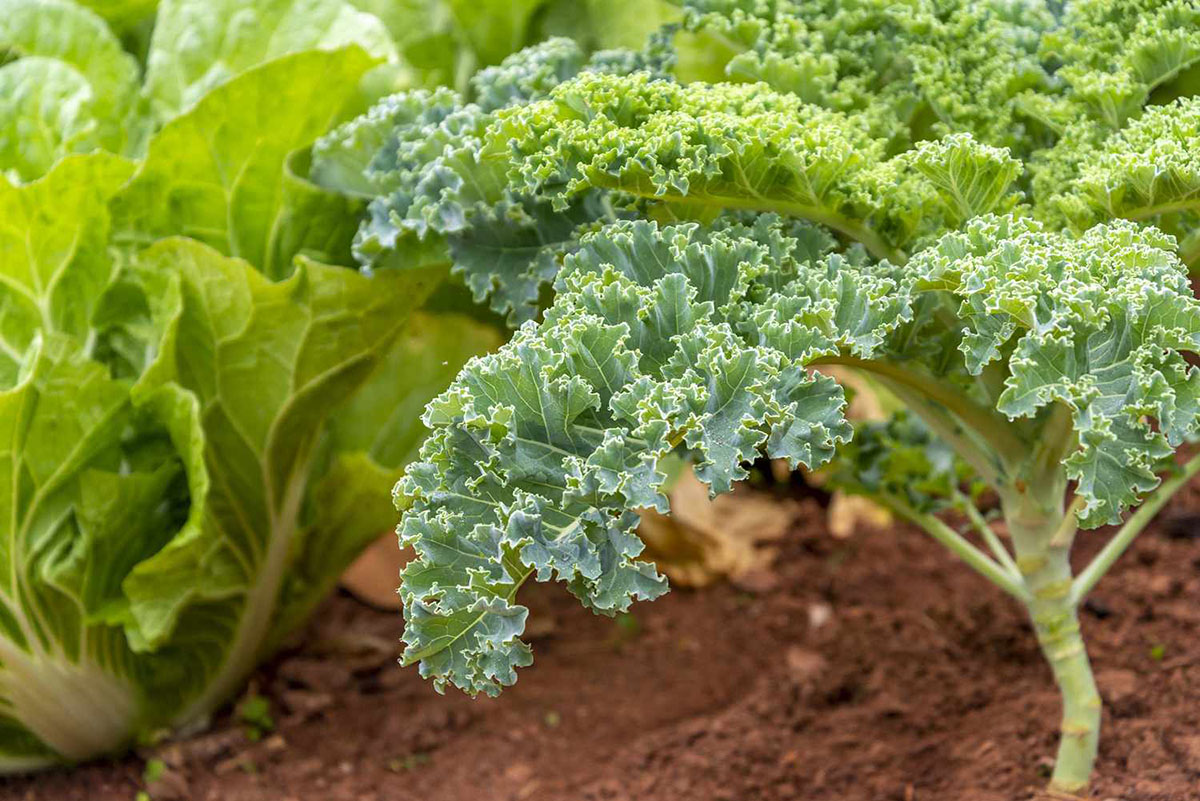

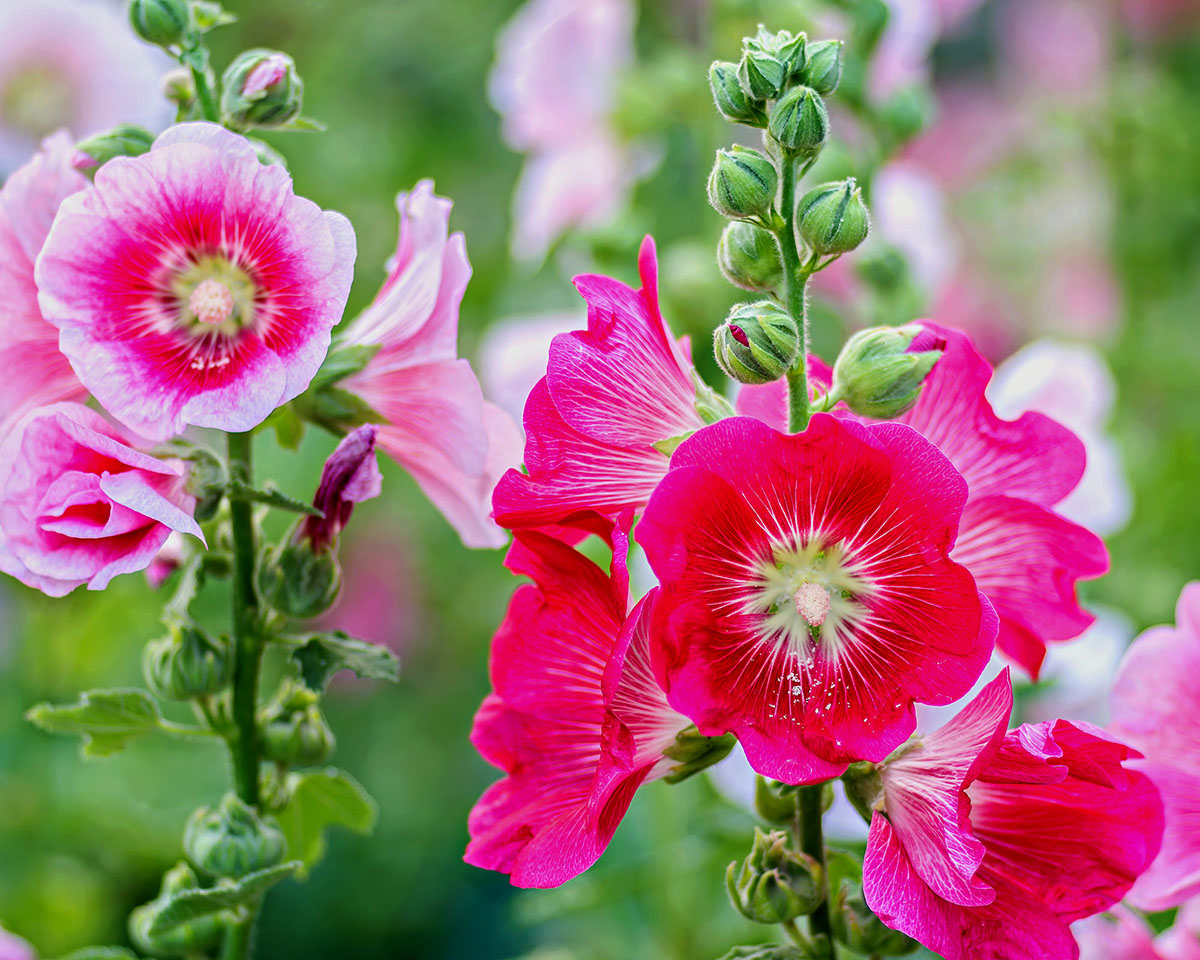
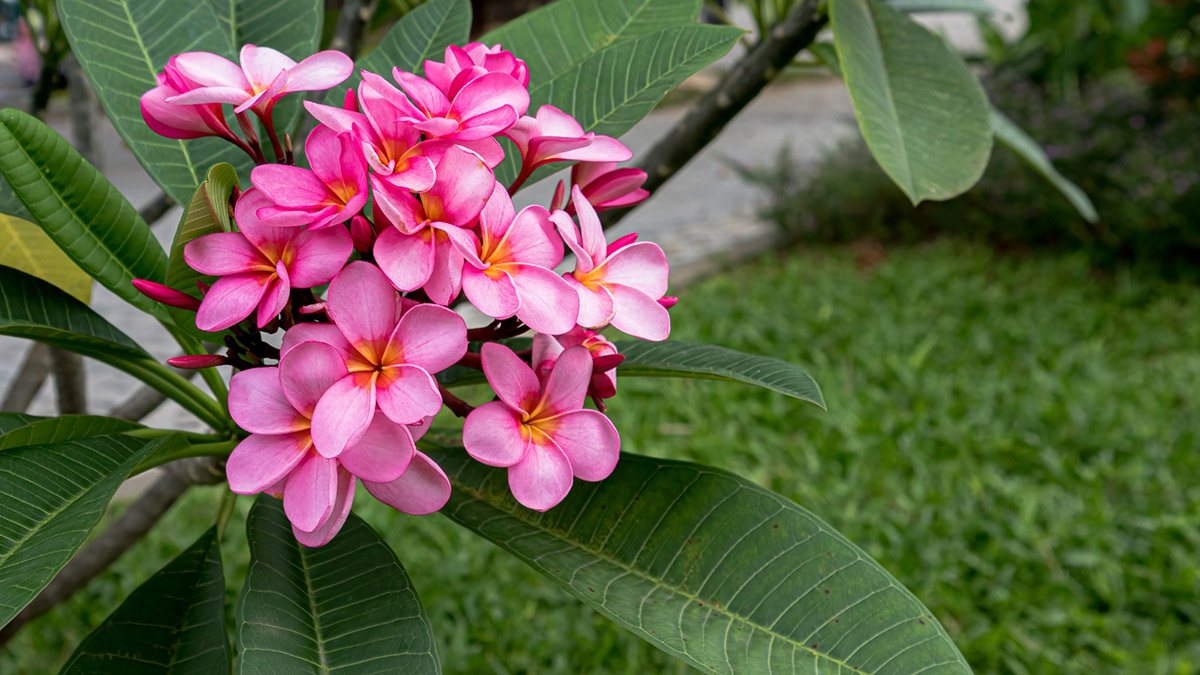

0 thoughts on “How Long Does It Take For A Venus Flytrap To Germinate”